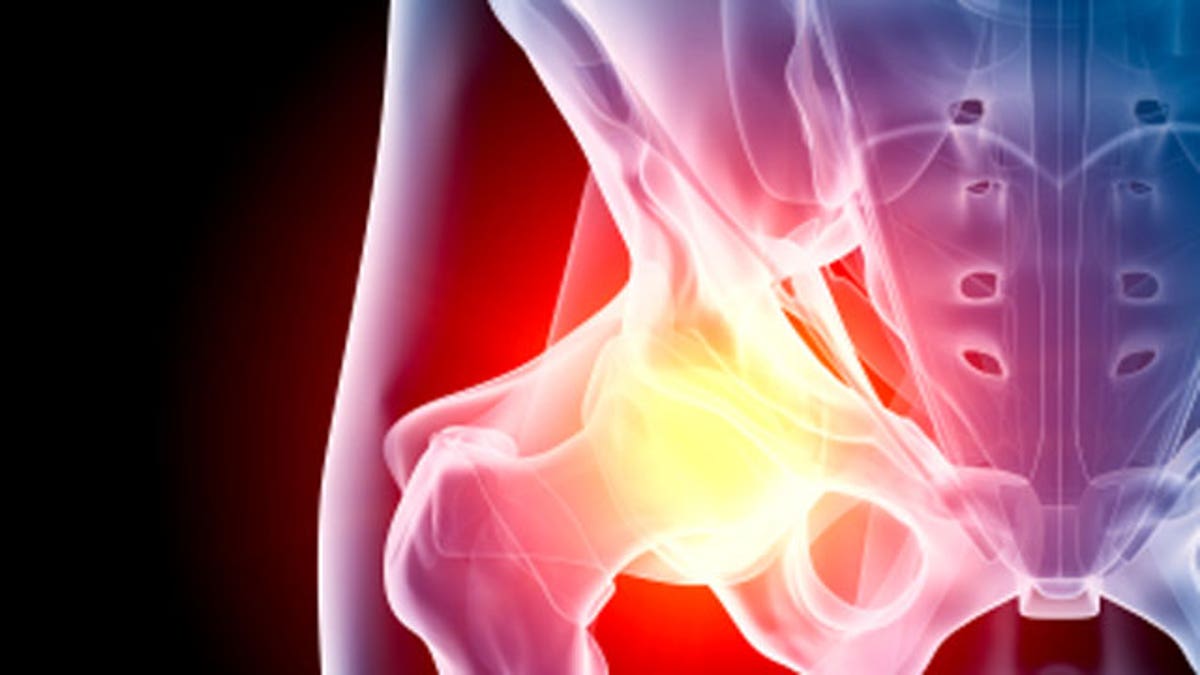
Arthritis is an inevitable aging process caused by normal wear and tear, past injuries and genetic predisposition.
Eighty percent of people over the age of 50 have X-ray findings of arthritis somewhere: The most common joints are fingers, wrist, hip, knee and spine. For some it is a major problem affecting multiple joints; for others just an occasional nuisance in one joint.
In fact, arthritis is the number one reason for disability in the U.S.
Arthritis pain is associated with stiffness, weakness and reduced function. This happens because the joint associated with the damage of the cartilage becomes inflamed. When arthritis is severe, it makes the joint look like a rusty hinge.
Here are the six “Ps” of arthritis that you should be aware of:
1. Pain indicates joint damage or inflammation. Pain can mean the start of joint destruction via inflammation and is an indicator of damage. Repeated pain with activity should be evaluated by a doctor. An X-ray will diagnose the presence of arthritis. And it is best to maintain activity that is pain-free. For example: Knee arthritis leads to pain when jogging, but biking is a less painful activity.
2. Pounds. Limit extra body weight, and your joints will be at a minimum stress. This rule applies especially to the knees and joints of the feet, but hips and spine are also subject to wear and tear if you have too much extra weight. Studies suggest that having a body mass index over 30 greatly increases your risk of arthritis.
3. Parents. If your parents have arthritis, it is more likely you will have it, too. Genetics has been researched to be a 50 to 70 percent predictor of arthritis, although the five other factors mentioned here can improve your overall risk and predictability. If in fact you have parents with a history of arthritis, it is best to heed the advice of the other five factors.
4. Pounding impact is known to push the limits of joint stress, compressing cartilage and making it more susceptible to injury. If you have a genetic predisposition for arthritis, or already have arthritis, it would be in your best interest to avoid impact sports such as running and jumping sports. Effects similar to pounding occur in workers who use vibrating machinery, which has also been shown to lead to joint arthritis.
5. Posture/position. When it comes to arthritis of the spine, posture is a large contributor as it stresses certain parts of the spine leading to pressure that is not dissimilar from pounding. Knee and hip posture and position is a definite predictor of arthritis, as certain alignment angles lead to more frequent joint wear. While some posture and position factors are correctable, those that aren’t should be noted as a limitation and lead you to avoid the risk factors that are manageable (like pounds and pounding).
6. Physical activity. While too much activity can lead to arthritis, not enough makes it worse. Activity keeps joints mobile, maintains circulation, which keeps collagen healthy, and keeps the muscles that supports the joints strong. Regular moderate activity is joint protective as it also prevents injuries. Recommended activities for those with arthritis, or those trying to avoid arthritis, include swimming, biking, and Pilates.
There are more than 100 medical classifications of arthritis; the most common is osteoarthritis (OA), which is limited to the joints without an associated medical disease process. OA affects 27 million Americans. Other types, such as rheumatoid, psoriatic or gout are due to autoimmune processes, high uric acid or other medical conditions.
While research is progressing for medications, injections, and procedures that may slow the progression of arthritis; to date, there is no cure.
There are only ways to manage symptoms and prevent the disease from becoming worse, and some people feel complete relief after treatment with medications and proper exercise. For joint arthritis of the knee hip and shoulder, replacements are one option. While this surgery can ultimately relieve pain and restore function, a joint that is replaced is never as strong or mobile as one that is your own.
If you have risk factors or the beginnings of arthritis, you want to limit impact activity. Studies suggest that vitamin D3, omega-3 fatty acids and glucosamine chondroitin can protect the joints.
